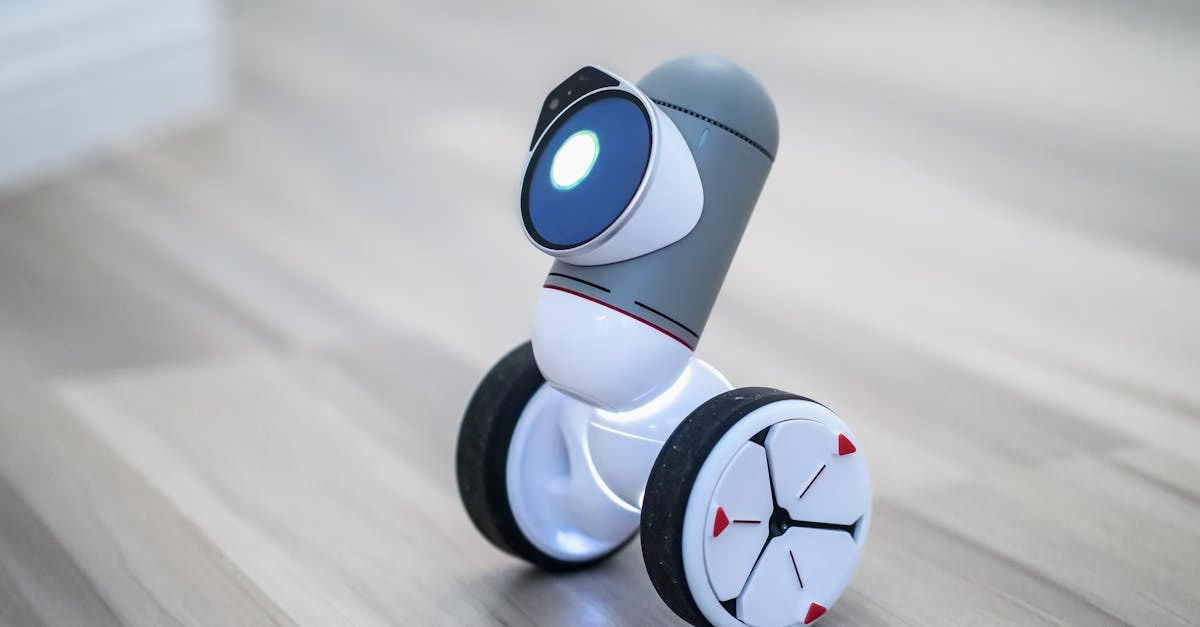What if AI could think, plan, and act all by itself—like a human friend who understands your goals and works with you? That’s what Agentic AI is all about—AI with a brain, purpose, and personality!
🌱 Background
Agentic AI is the next big step in artificial intelligence. For years, AI could only do what it was told—like answering questions or giving directions. But human thinking is different. We set goals, plan steps, learn from mistakes, and make smart decisions. Agentic AI is designed to do the same. It doesn’t just respond—it acts with purpose. It can set its own goals, build plans, make decisions, and even improve over time. Imagine having a smart assistant that helps you not just find answers, but also finish a school project, solve problems, or adjust plans if something changes. That’s the power of Agentic AI—it combines psychology, planning, learning, and decision-making to behave more like a human. This makes it useful in classrooms, homes, hospitals, and beyond. For young tech lovers like you, Agentic AI is your chance to meet the most powerful and human-like AI ever built.
🤖 How Agentic AI Is Different from Normal AI
Traditional AI is like a smart calculator. You give it a command, and it performs a task. But it doesn’t think for itself or understand your bigger goals. Agentic AI, on the other hand, works like a digital teammate. It can figure out what needs to be done, plan the best path, act on its own, and learn from what happens. That’s why it’s called agentic—because it has “agency,” or the ability to act with purpose. It doesn’t just wait for instructions—it decides, does, and develops. This makes it perfect for real-life tasks that need reasoning and flexibility.
- Thinks Independently: It sets goals and plans actions without waiting for step-by-step instructions.
- Acts with Purpose: It chooses smart actions based on the situation.
- Learns from Experience: It remembers past tasks and uses them to improve next time.
🧠 Five Cognitive Capabilities of Agents
1. Goal Setting
One of the most important features of Agentic AI is that it can set and understand goals. Just like you plan to finish homework or win a game, an agent can set its own target—like “help user complete science project.” It doesn’t need you to guide every move. It uses context, past memory, and understanding of the task to figure out what needs to be done. Once the goal is set, all actions are focused on achieving it. If something changes, it can even change its goal to stay useful.
- Understands what the user wants.
- Sets clear short-term and long-term goals.
- Updates goals if situations change.
2. Planning and Strategy
After setting the goal, Agentic AI creates a plan. It divides the main task into smaller steps and decides the order. For example, if the goal is “create a class presentation,” it plans to gather information, make slides, and check spelling. It also keeps backup plans in case something doesn’t work. The agent uses tools, resources, and memory to create an efficient and flexible strategy. Like a chess player, it thinks ahead.
- Breaks large goals into simple steps.
- Selects smart tools to complete each task.
- Adjusts the plan when something goes wrong.
3. Decision-Making
Agentic AI doesn’t just follow orders—it decides. Based on what it sees and knows, it selects the best option. For example, it might choose between watching a tutorial or reading notes depending on your learning style. It evaluates the situation, checks its memory, and picks the smartest action. It also learns what worked and what didn’t—making future decisions even better.
- Compares different ways to act.
- Picks the most effective path.
- Learns from results to improve next time.
4. Self-Monitoring and Reflection
Just like you check your work before submitting it, Agentic AI reviews its own performance. It asks: Did I reach the goal? Was the action useful? If not, what should I change next time? This reflection helps the agent get smarter with every task. It stores what went well and what didn’t, so next time it makes fewer mistakes. This is what makes it intelligent—not just completing tasks but learning from them.
- Reviews actions and results.
- Learns lessons from each task.
- Uses feedback to avoid mistakes.
5. Adaptability
Agentic AI is flexible. If the situation changes—like the goal is updated or a tool stops working—it can adapt. For example, if your class project deadline changes, it adjusts the plan and updates reminders. It’s not stuck in fixed rules. It watches the environment, listens to new input, and makes smart changes. This makes it strong in real-world situations, where things rarely go exactly as planned.
- Reacts to changes in real time.
- Finds new paths when blocked.
- Stays focused on the goal despite challenges.
🧩 Five Main Parts of Agents
1. Perception Module
This part helps the agent understand what’s going on. It receives input like text, voice, or images. Just like you use your eyes, ears, and brain, the perception module gathers information from the environment or user and sends it to the planning and decision-making parts. If you say, “Help me study,” it reads that as a request and starts planning. The better the perception, the smarter the response.
2. Memory System
The memory system stores past experiences, facts, and actions. It helps the agent remember what worked before. If the agent helped you last week with your science homework, it remembers your subject, difficulty level, and favorite study time. This memory lets the agent give more personalized help. It also helps avoid repeating mistakes and improves performance over time.
3. Planning Module
This is the brain’s planner. Once a goal is set, the planning module creates a step-by-step guide to reach it. It decides what to do first, what tools to use, and how to manage time. If anything changes, like missing a step or deadline, it updates the plan automatically. This makes the agent organized and efficient—like a smart project manager.
4. Decision Engine
This part makes choices. It checks the goal, current situation, and available tools, and then selects the best action. It’s like a brain’s problem-solver. It doesn’t guess—it uses logic, past learning, and context to choose the smartest way forward. If an option fails, it chooses another path. This engine makes the agent clever and responsive.
5. Action Executor
Once the decision is made, this part does the work. It opens websites, writes notes, sends reminders, or starts a program. It’s like the hands of the agent. Without this part, the plan and decisions would stay stuck inside. The Action Executor makes everything happen in the real or digital world.
🔄 Five Steps: How Agentic AI Works
Step 1: Understanding the Goal
Everything starts with a goal. The agent either receives it from a user or senses it from the situation. It asks: What do I need to achieve? This goal gives the AI a purpose. For example, if a student asks, “Help me prepare for my test,” the goal becomes clear. The agent breaks this down into tasks—like revision, testing, and timing.
Step 2: Perceiving the Environment
Now, the agent looks around. It reads the user’s messages, sees what tools are available, and checks its memory. This is called “perception.” It helps the agent know what’s happening right now. It might check your calendar, past study topics, and notes to understand the full picture before acting.
Step 3: Planning the Action
The agent then creates a plan to reach the goal. It decides which steps come first, what resources to use, and when to act. For example, it may set a study schedule, add breaks, or link helpful videos. A good plan helps the agent act smartly and adjust if something changes.
Step 4: Taking Action
With a plan ready, the agent starts doing tasks. It might send reminders, open a learning app, or quiz you. It works quietly and quickly, helping you reach the goal. This action-taking is flexible—it stops or adjusts if needed.
Step 5: Learning and Improving
Once the task is done, the agent checks: Did I succeed? What worked? What failed? It stores this feedback in memory. Next time, it uses this learning to perform better. This is how Agentic AI grows smarter each day.
🛠️ Five Tools & Ecosystem Around Agentic AI
1. Large Language Models (LLMs)
These are smart text engines like ChatGPT or Claude. They understand, generate, and respond in human-like ways.
2. Frameworks (LangChain, AutoGen, CrewAI)
These are builder tools that help connect memory, decision-making, and actions into one working agent.
3. Memory Tools (Vector Databases)
These tools help agents “remember” important things over long periods. It’s like giving them a long-term brain.
4. Environments (OpenAI API, ReAct)
These are safe platforms where agents can test and perform tasks like planning, coding, or writing.
5. Utility Tools (Web access, APIs)
Agents can use tools like browsers, calendars, emails, and calculators to complete real-world tasks.
🔮 Future Scope of Agentic AI
Agentic AI will change how we learn, work, and solve problems. In schools, it will be your study coach. In hospitals, it will support doctors. In smart homes, it will manage tasks. Scientists will use it to research faster. Kids will build agents that help parents, teachers, or the environment. These AI agents will live in phones, laptops, robots, or even toys. Future Agentic AI may explore space, protect nature, or help during disasters. The possibilities are endless. As AI gets smarter, we’ll need young minds like yours to shape it—adding creativity, safety, and kindness. One day, you might build an agent that teaches millions, cures diseases, or makes life easier for everyone.
✅ Conclusion
Agentic AI is the future of intelligence. Unlike old AI that waits for orders, this new kind thinks, acts, and learns like a human. It sets goals, builds smart plans, makes good decisions, learns from mistakes, and gets better every time. It works like a true teammate—whether in school, work, or life. With powerful tools and memory, it can solve real-world problems with real intelligence. As a young tech enthusiast, this is your moment. Learn it, use it, and dream big with it. Because Agentic AI is not just a technology—it’s a movement toward smarter, more human-like machines. And the best part? You’re part of its future. So go ahead—build, explore, and create with Agentic AI!




